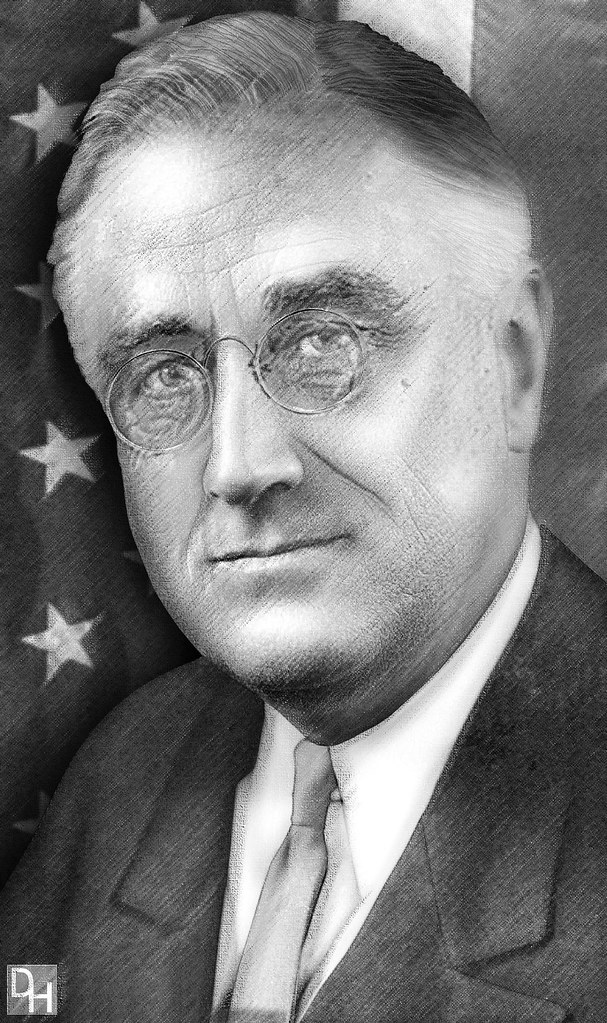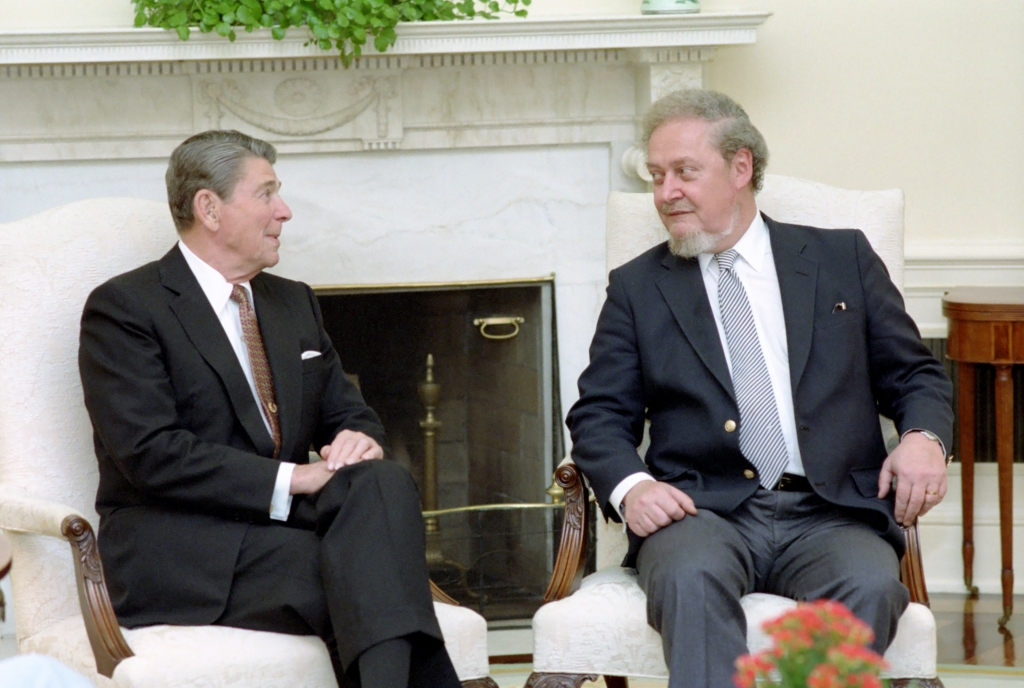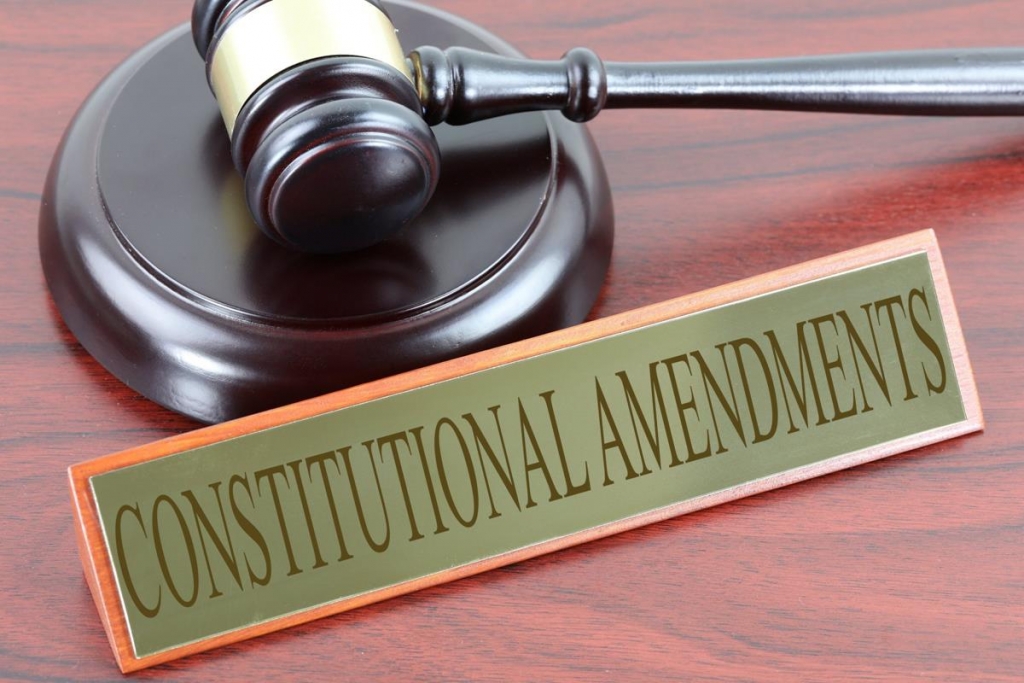Twenty-Second Amendment
The 22nd Amendment to the United States Constitution was ratified on February 27, 1951.
It limited the president to two terms, or eight years in office.
What does the Twenty-Second Amendment say?
Section 1
“No person shall be elected to the office of the President more than twice, and no person who has held the office of President, or acted as President, for more than two years of a term to which some other person was elected President shall be elected to the office of President more than once.
But this Article shall not apply to any person holding the office of President when this Article was proposed by Congress, and shall not prevent any person who may be holding the office of President, or acting as President, during the term within which this Article becomes operative from holding the office of President or acting as President during the remainder of such term.”
Section 2
“This article shall be inoperative unless it shall have been ratified as an amendment to the Constitution by the legislatures of three-fourths of the several States within seven years from the date of its submission to the States by the Congress.”
A Brief History of the Twenty-Second Amendment
Before the Twenty-Second Amendment, there had been no limit to the amount of terms a president could serve.
Each presidential term was limited to four years. However, the president could run for re-election as many times as he wanted. It seems like this could cause a problem. But for many years, it did not.
The very first president, George Washington, was still extremely popular after serving two terms. People hoped that he would run for a third term.
Instead, Washington said that a president serving for too long would be king-like power, and he declined to run for a third term.
Although this was not a law, it did become a tradition for 150 years. In 1809, for example, Thomas Jefferson also declined to run for a third term.
Ulysses S. Grant considered running for a third term, but the House of Representatives passed a resolution that this would be a violation of American political tradition.
In 1912, Theodore Roosevelt became the first president to officially run for a third term. He lost the election.
In 1940, Franklin Delano Roosevelt (FDR) ran for a third term and became the first president ever elected to a third term.
In 1944, he won again—a fourth term! FDR died four months into his fourth term, but he would have served as president for 16 years.
Ratification of the Twenty-Second Amendment
In 1946, Congress was determined to pass an amendment that would make the “two term tradition” a constitutional law.
The Twenty-Second Amendment had the support of President Harry Truman, who became the president after FDR’s death.
The amendment was approved by the Senate, House, and the states with little controversy.
In the years since, some have argued that the Twenty-Second Amendment may prevent the American people from democratically electing the president that they choose.
Overall, however, the Twenty-Second Amendment has not been the cause of heated debate.
Other Interesting Facts About the Twenty-Second Amendment
At first, some of the original Framers of the Constitution wanted the president to serve for life. Others argued that this would be too much like a monarchy or even a dictatorship.
The Twenty-Second Amendment specifically said that the amendment would not apply to the president currently in office, Harry Truman.
However, Truman chose to honor tradition and declined to run for a third term.
The first president who was legally restricted to two terms was Dwight D. Eisenhower. He was still very popular at the end of his second term, and historians believe he could have won a third.
In 1986, Representative Guy Vander Jagt introduced a bill to repeal the Twenty-Second Amendment. This would have allowed Ronald Reagan to run for a third term, but Congress did not move forward with the bill.
During Bill Clinton’s second term, a similar bill was proposed. In 2003, a third bill to repeal the presidential term limit was submitted. Congress did not approve any of these bills.
The crisis of World War II is one reason that FDR won re-election repeatedly. Americans did not want to change leadership during such a challenging time.
Some argue that there should be flexibility to the two-term limit in emergencies or times of crisis.







